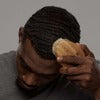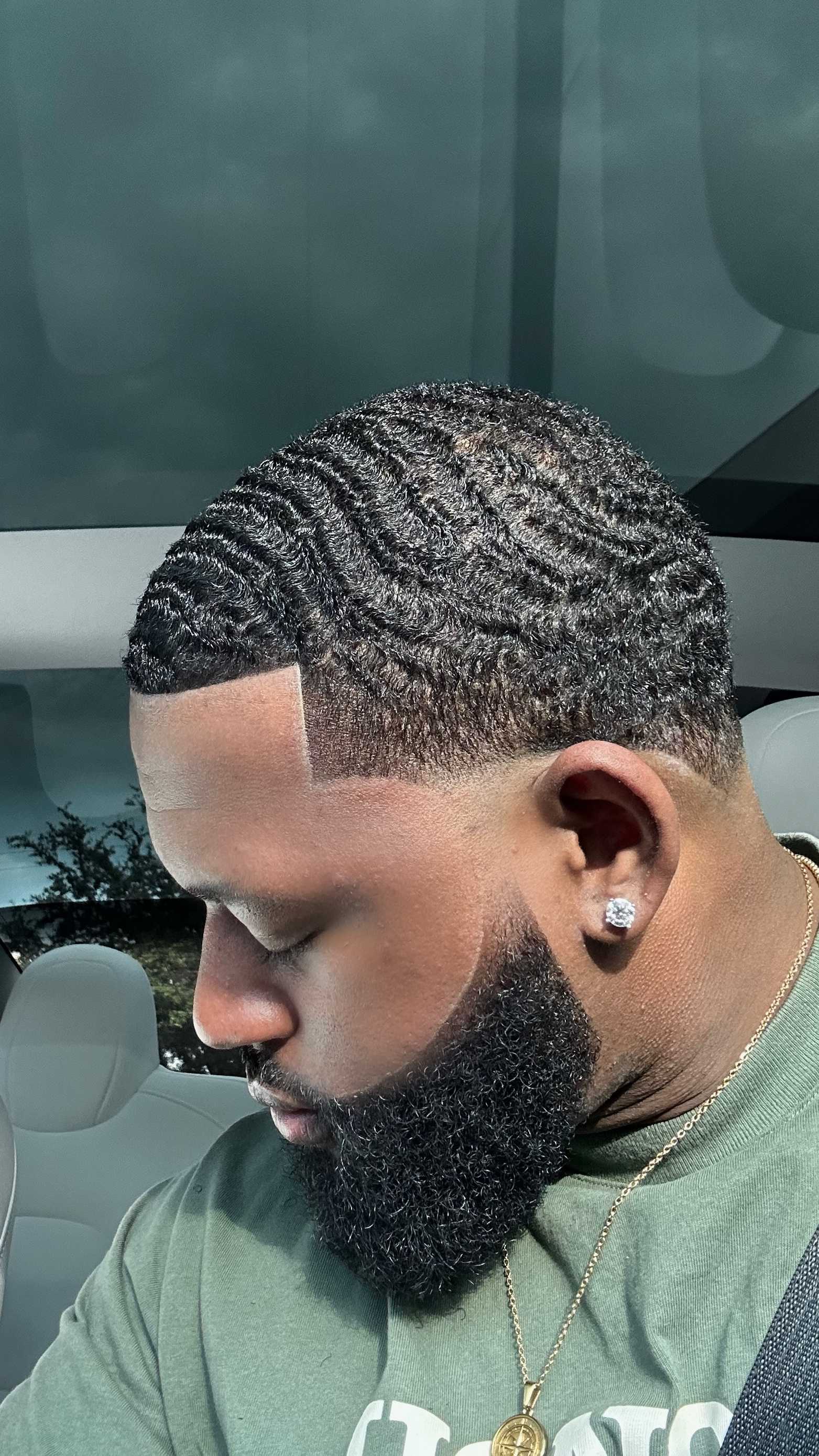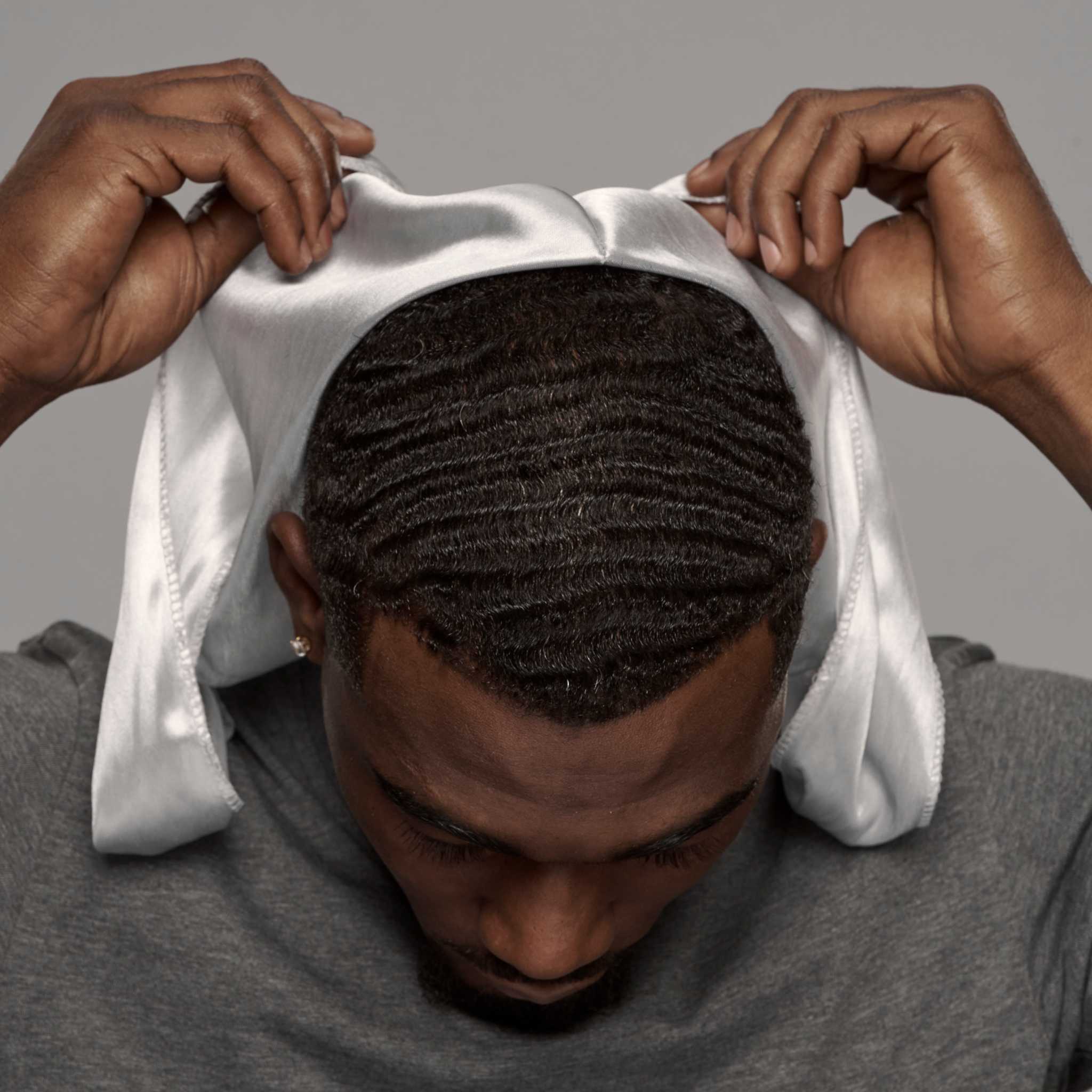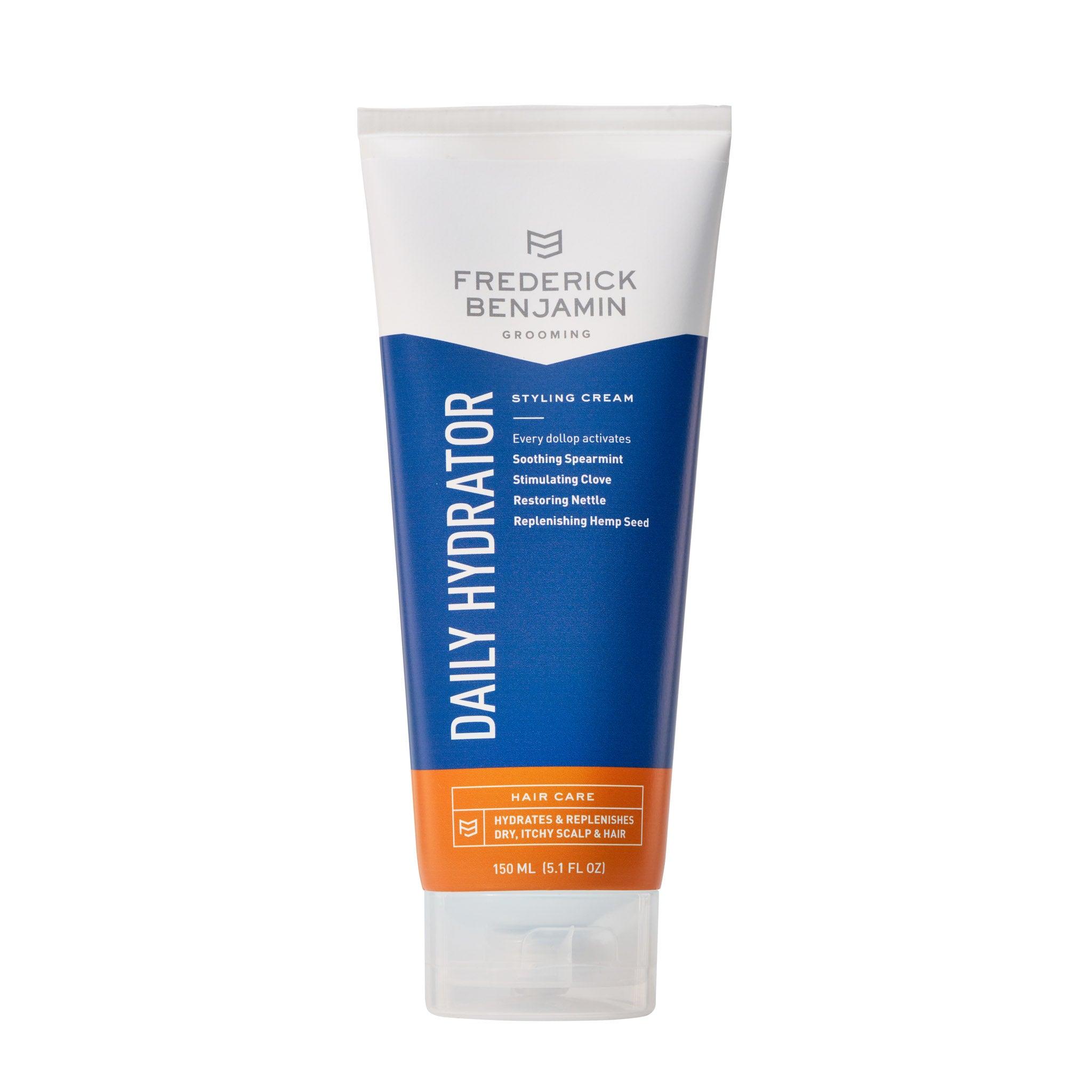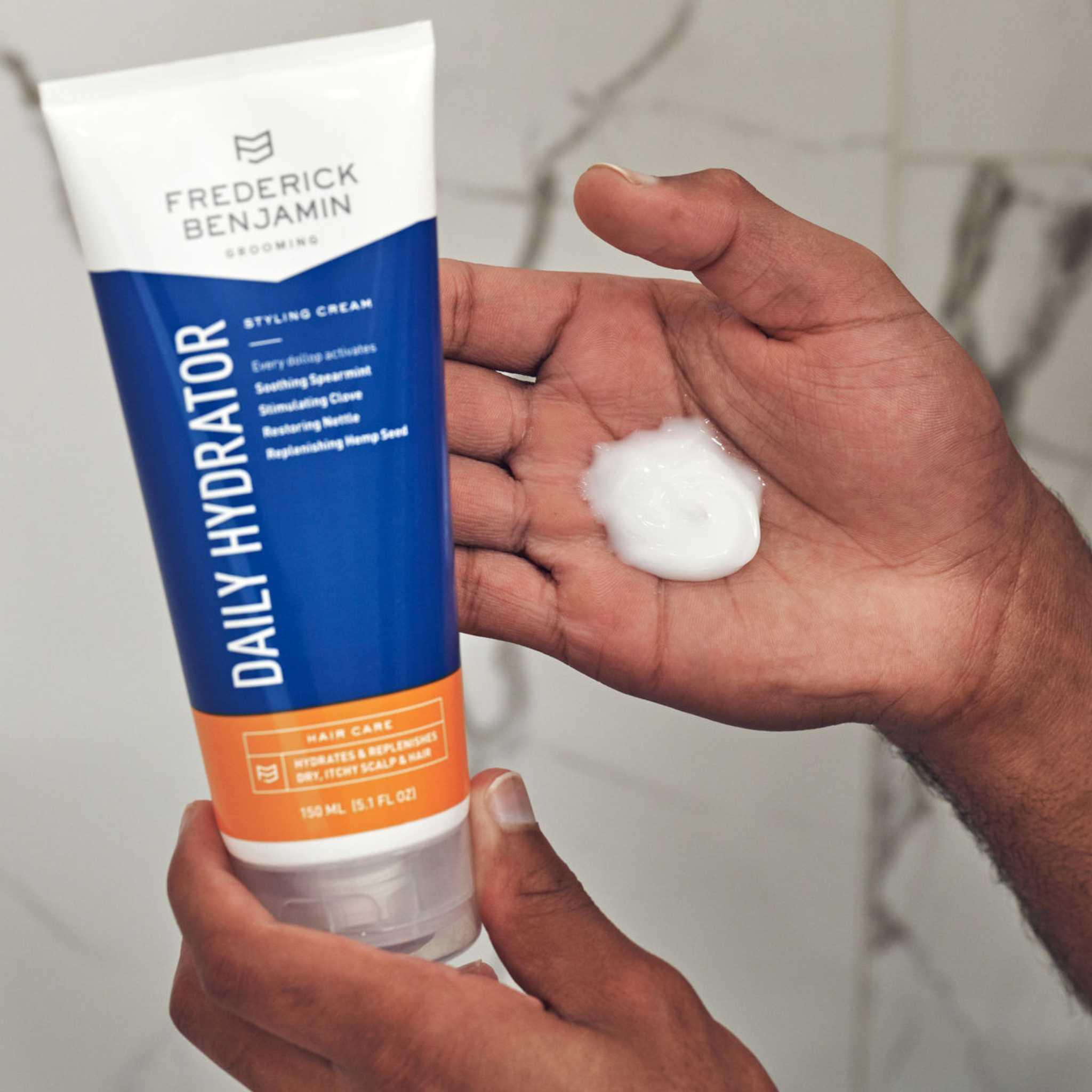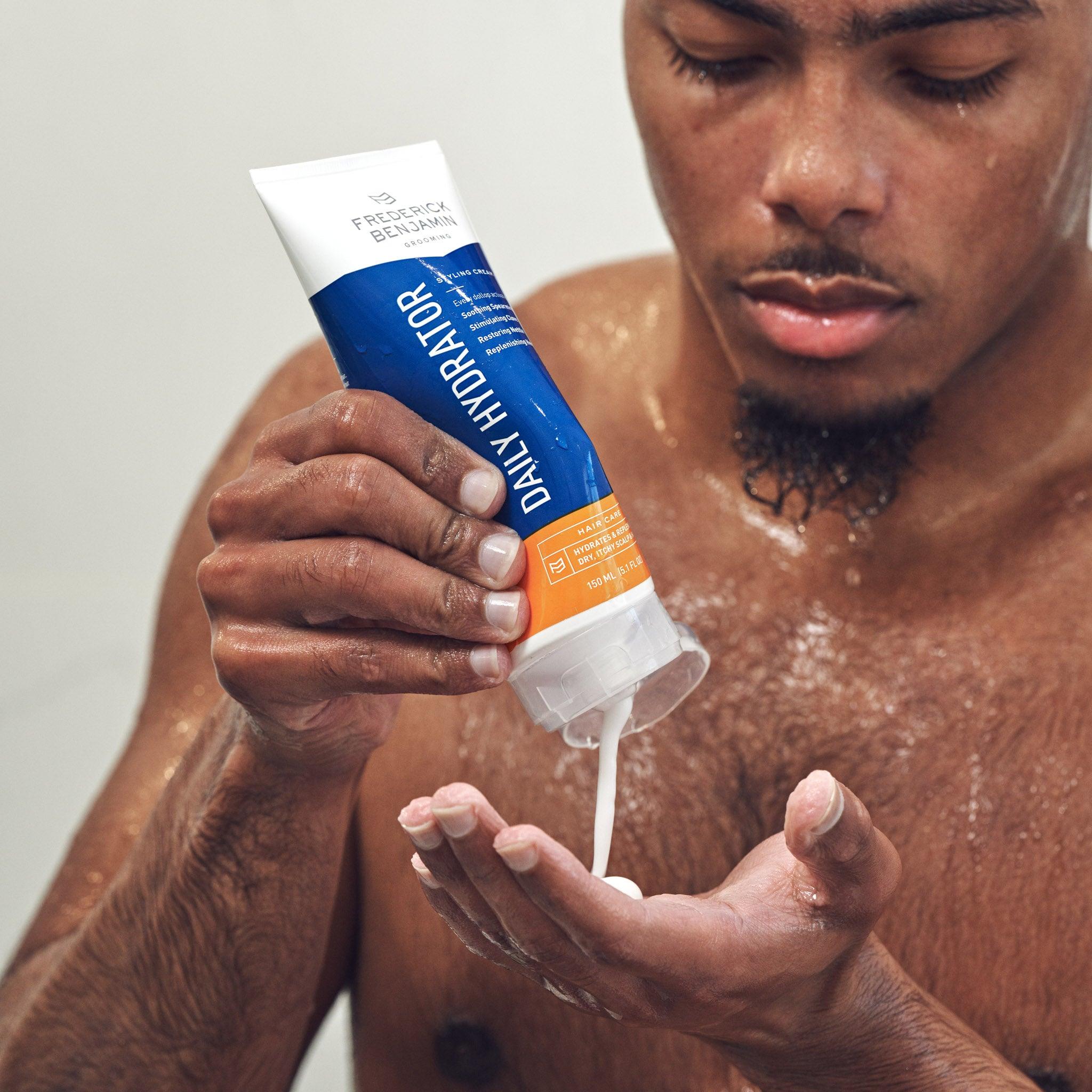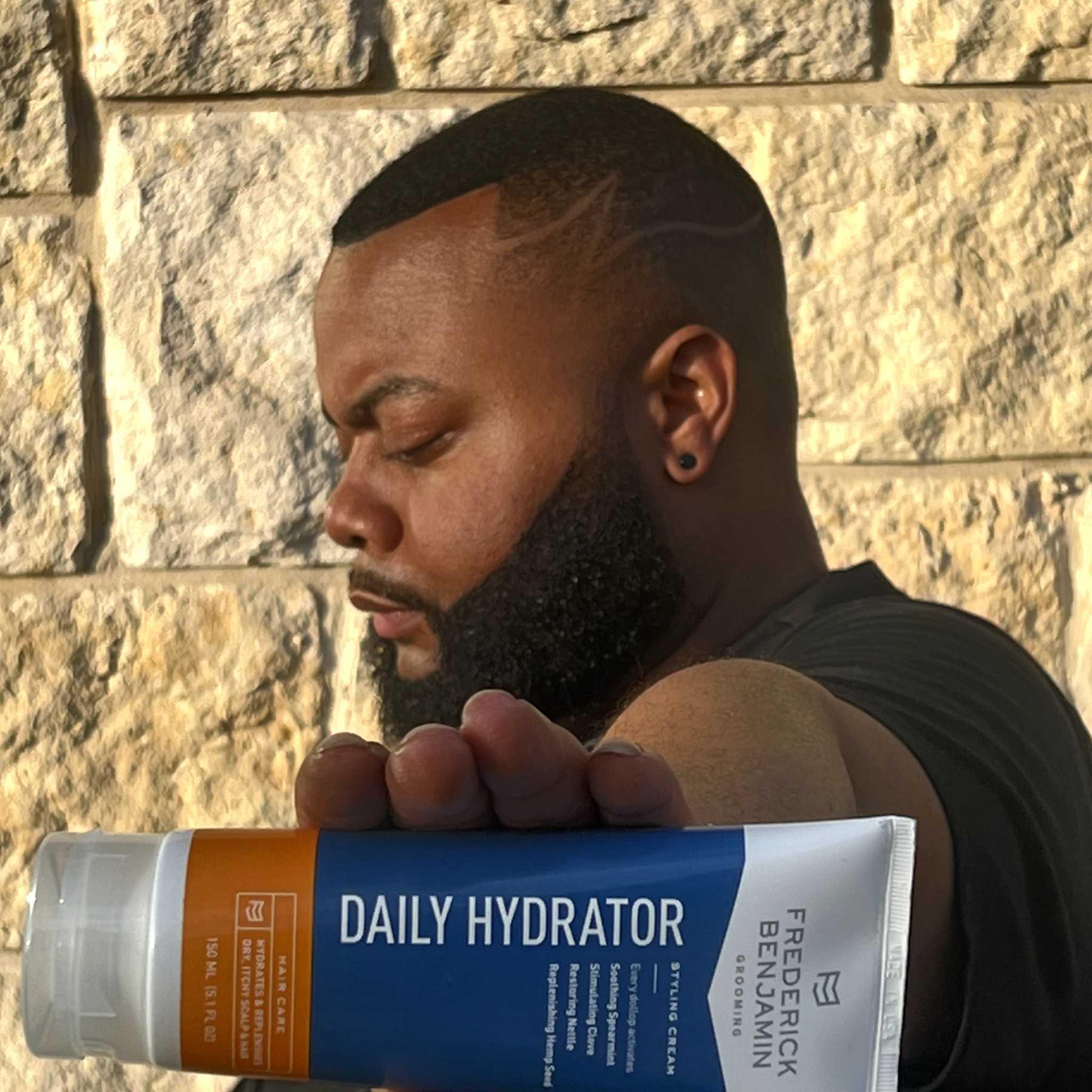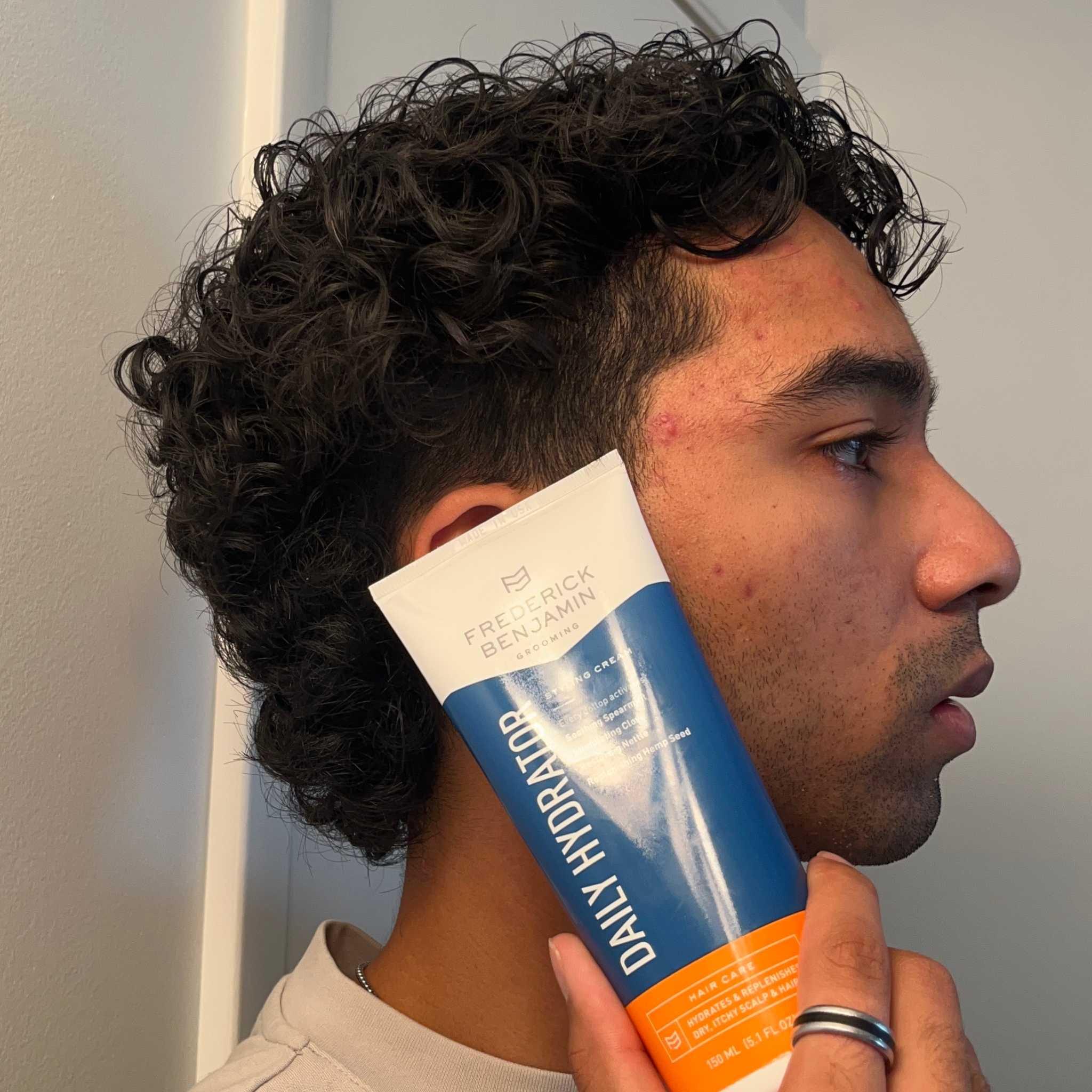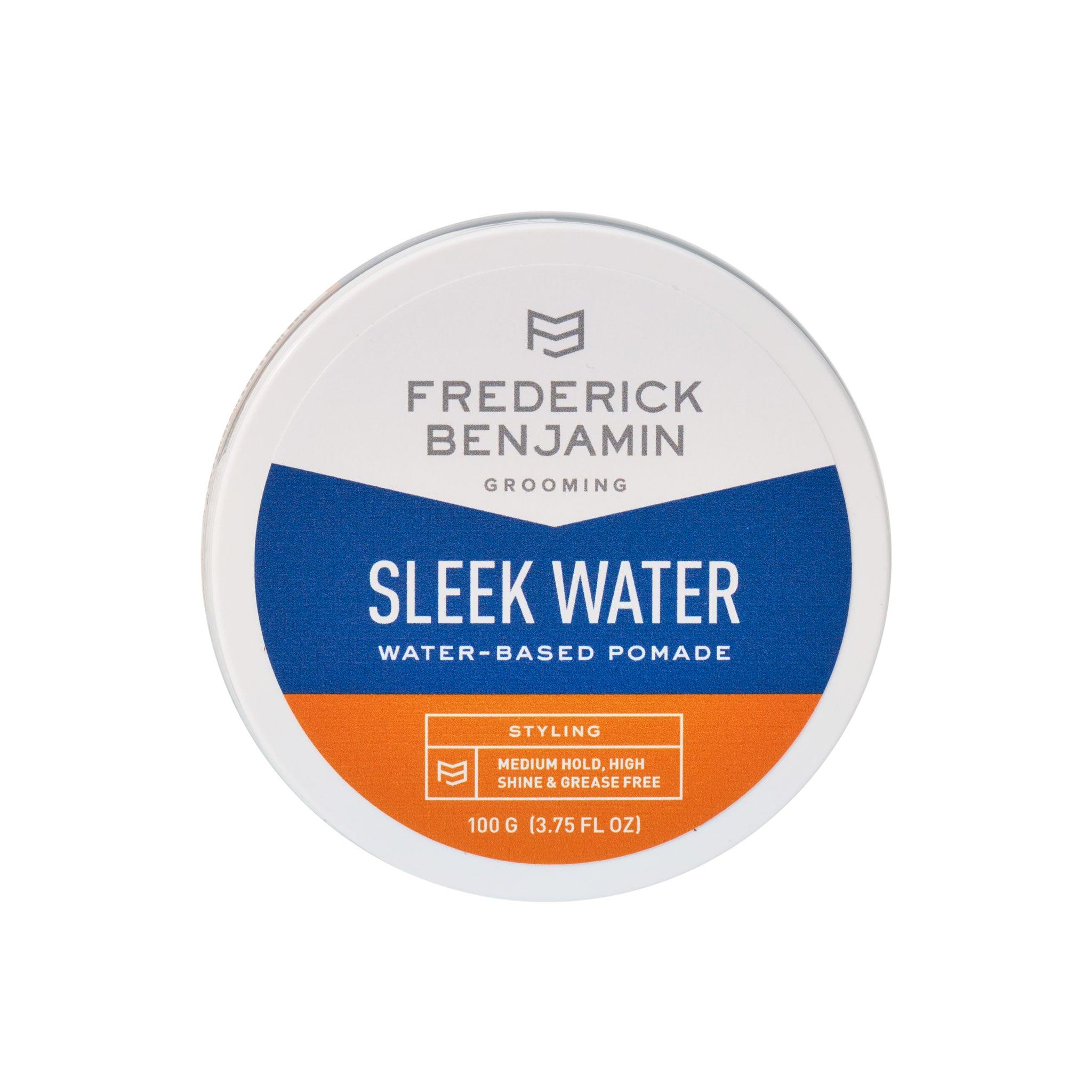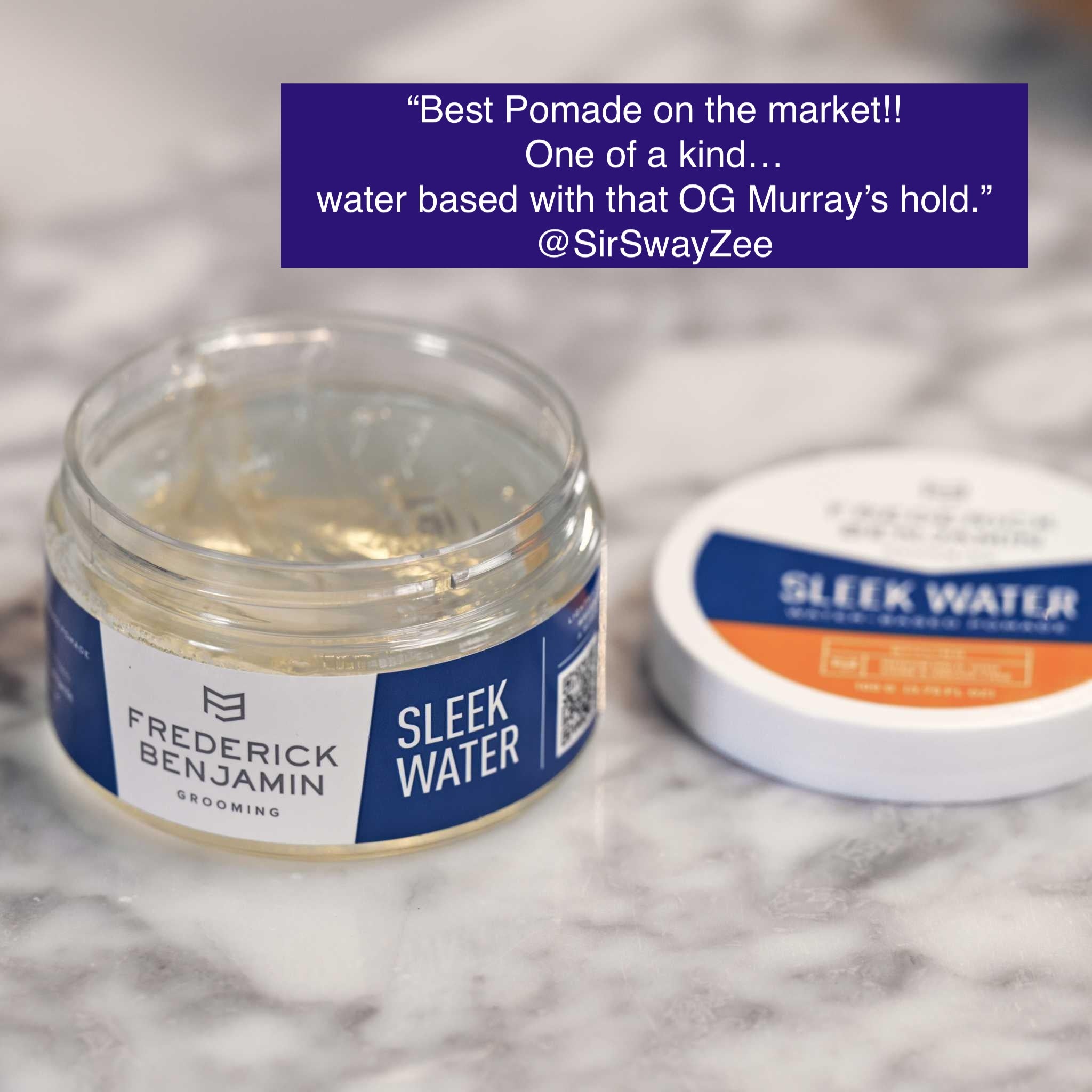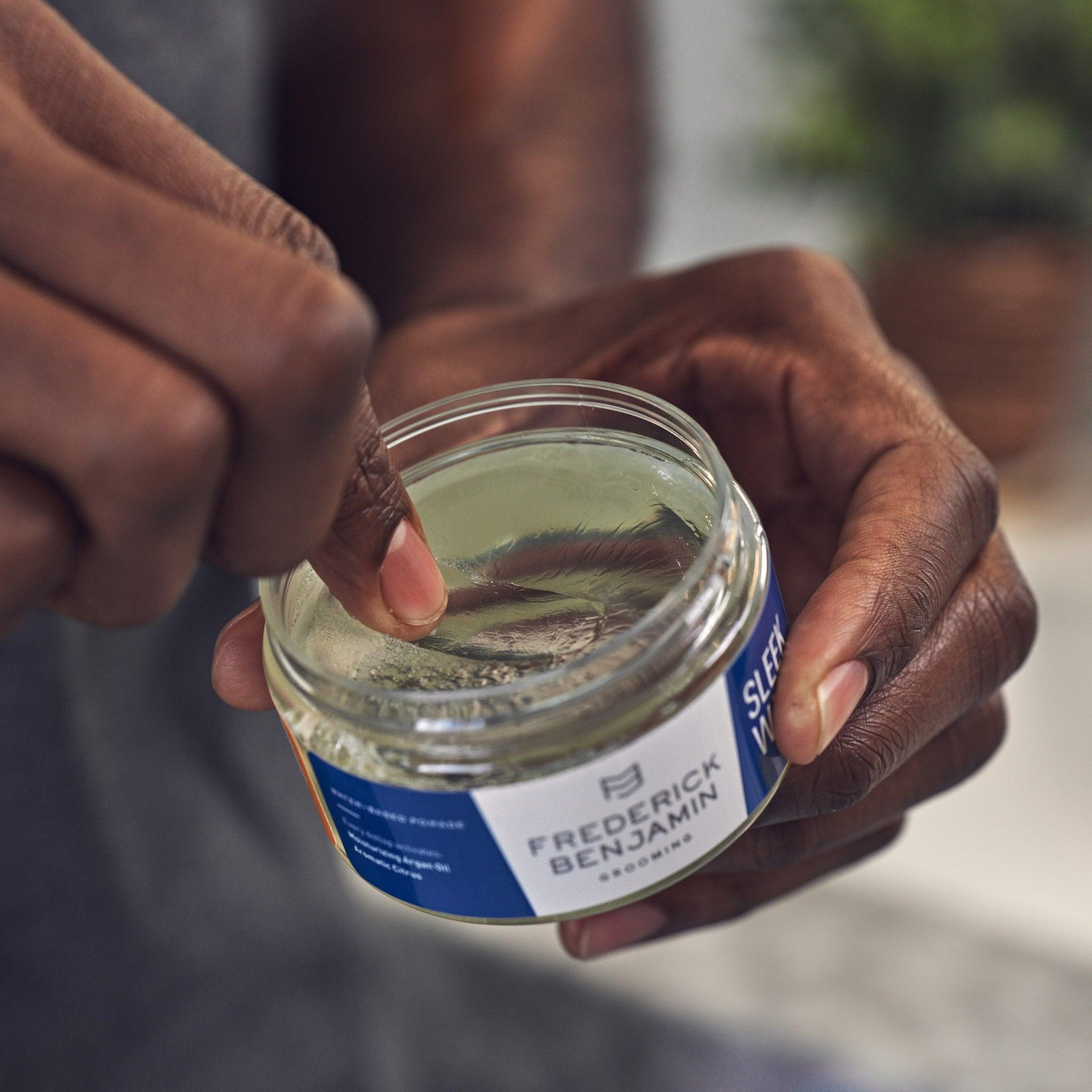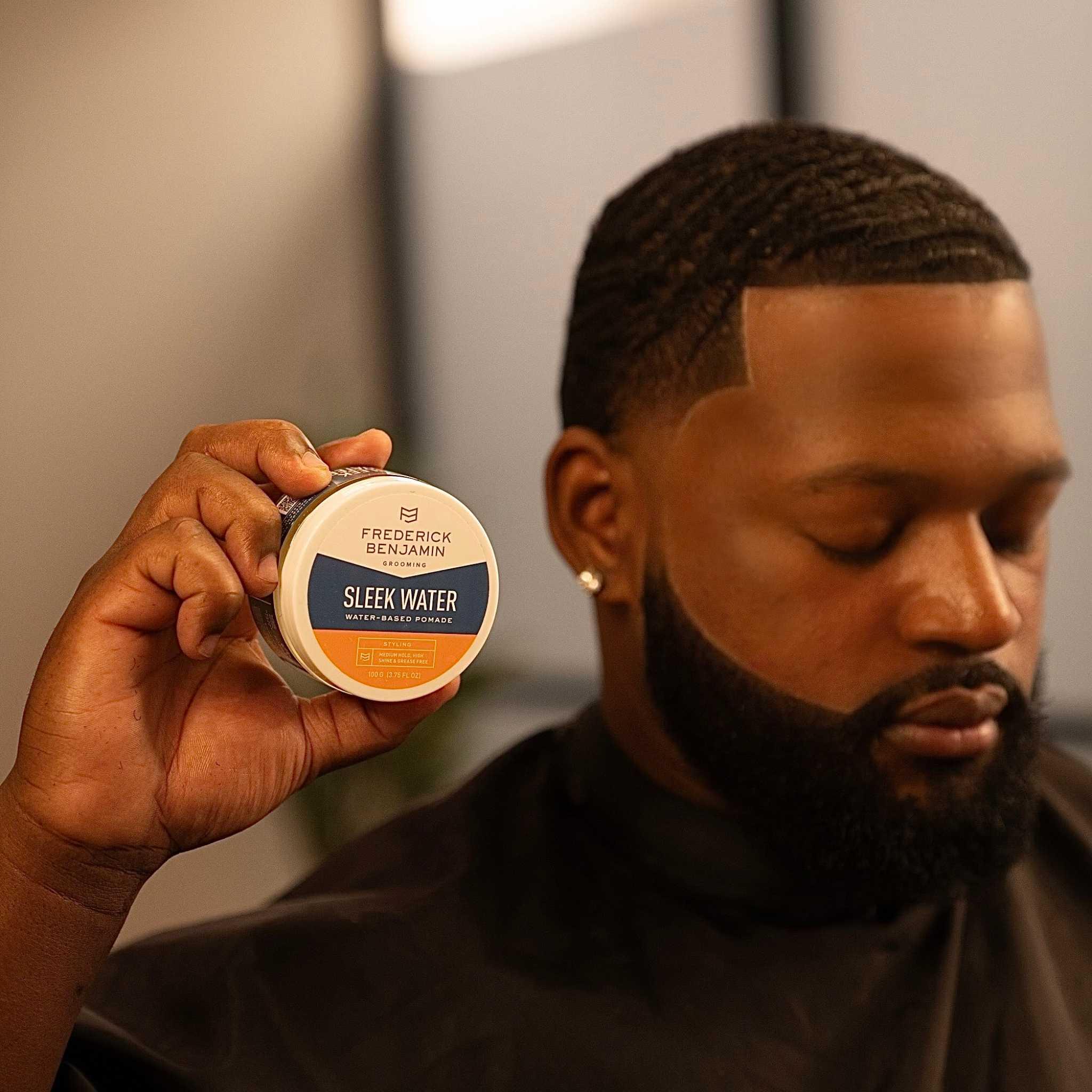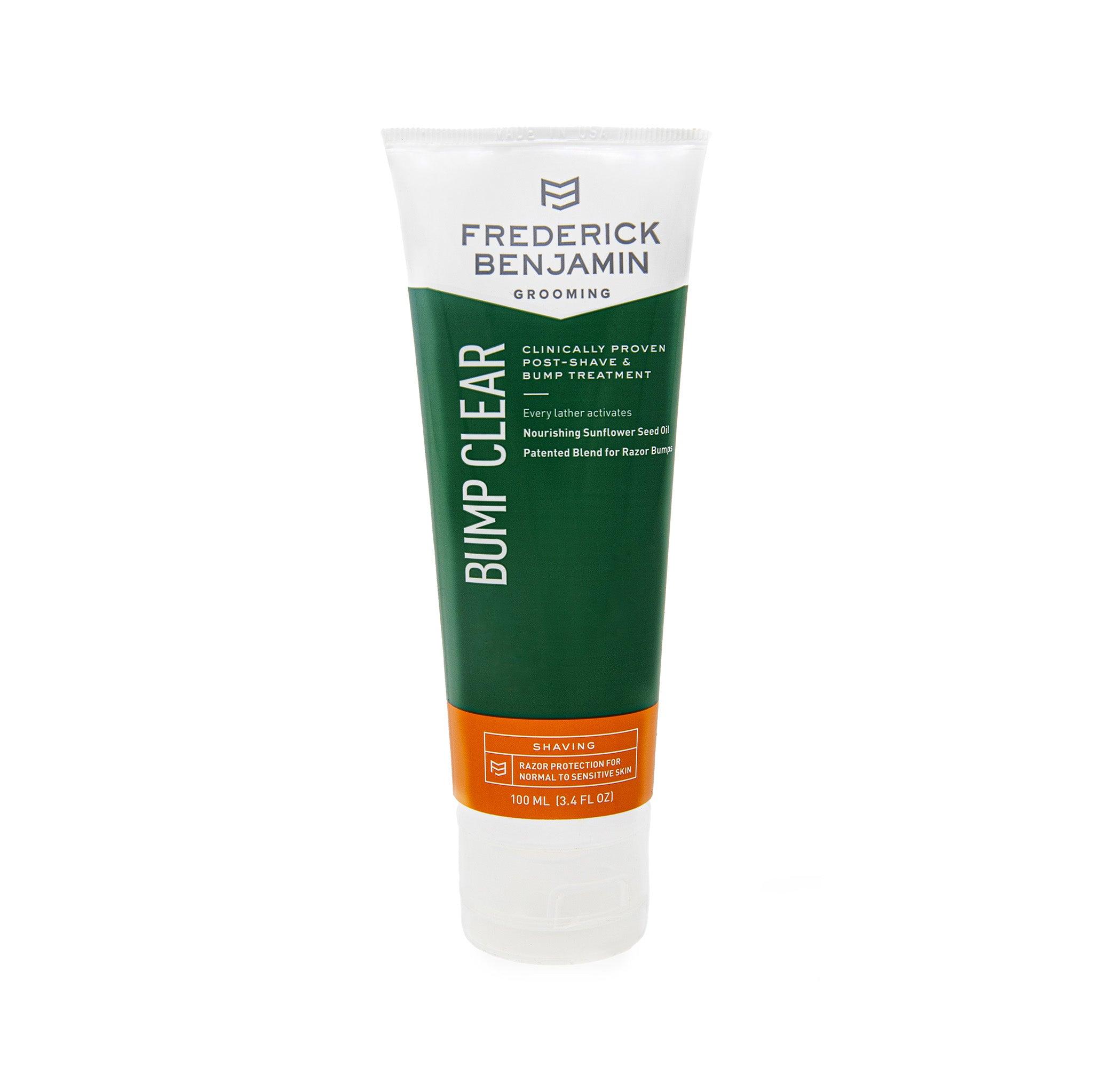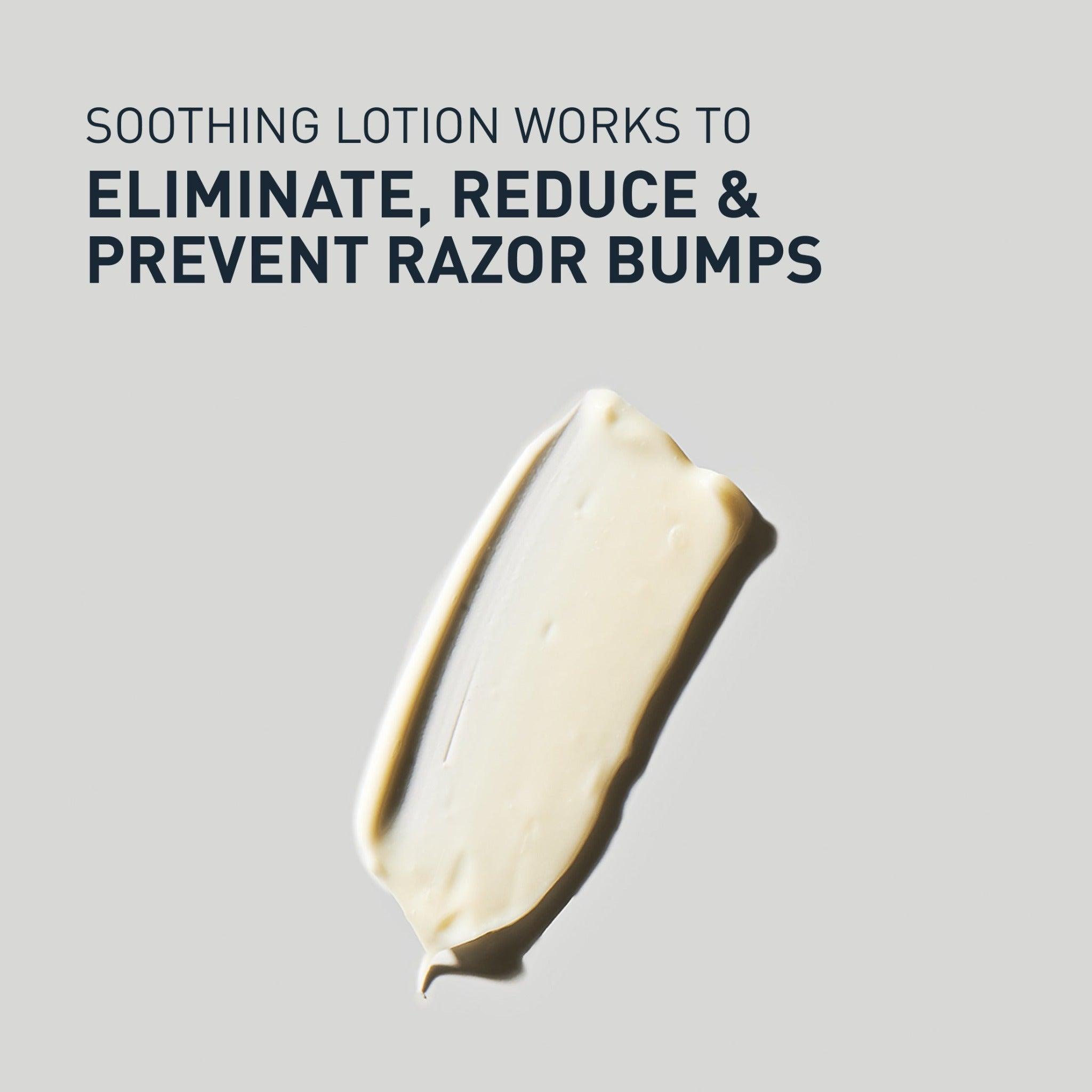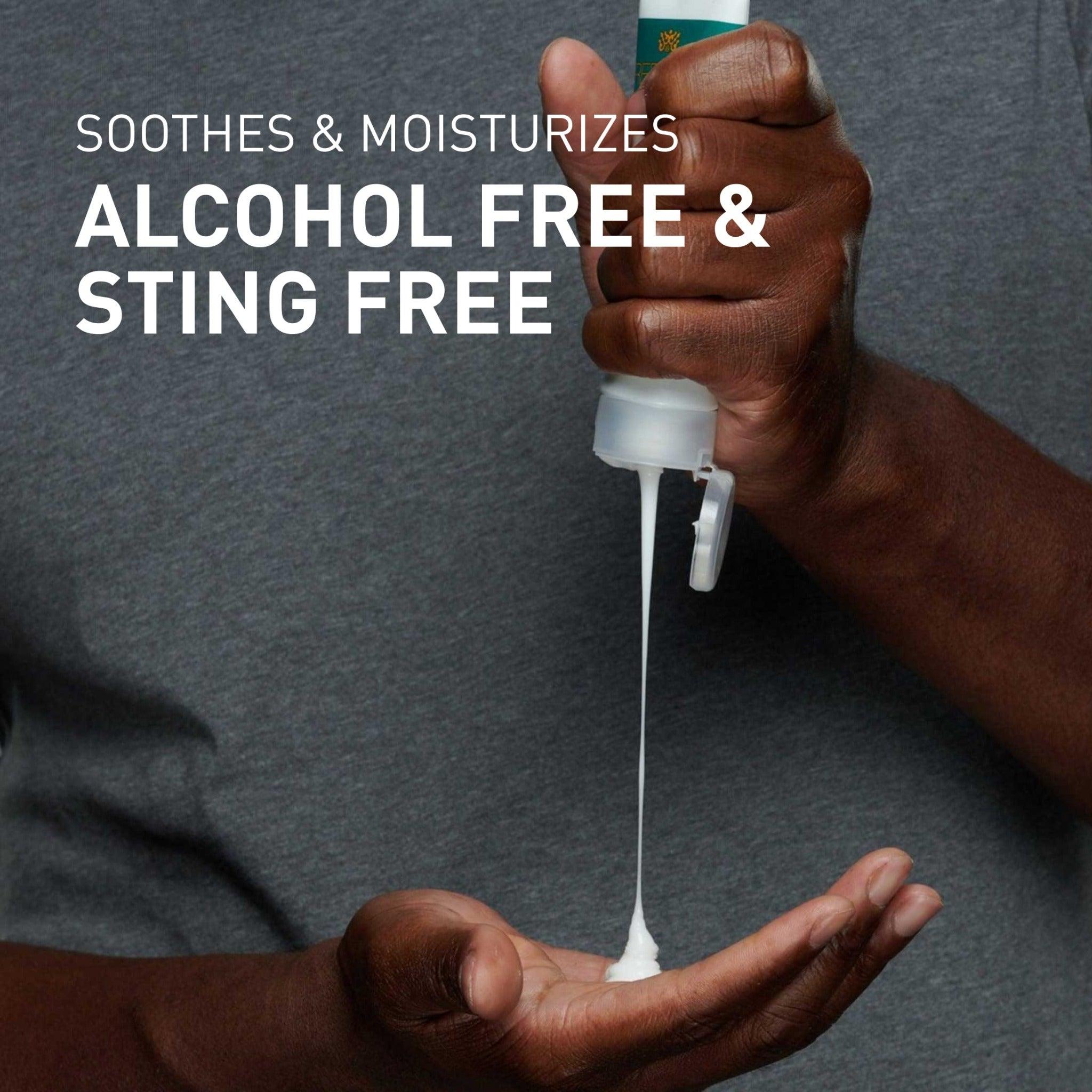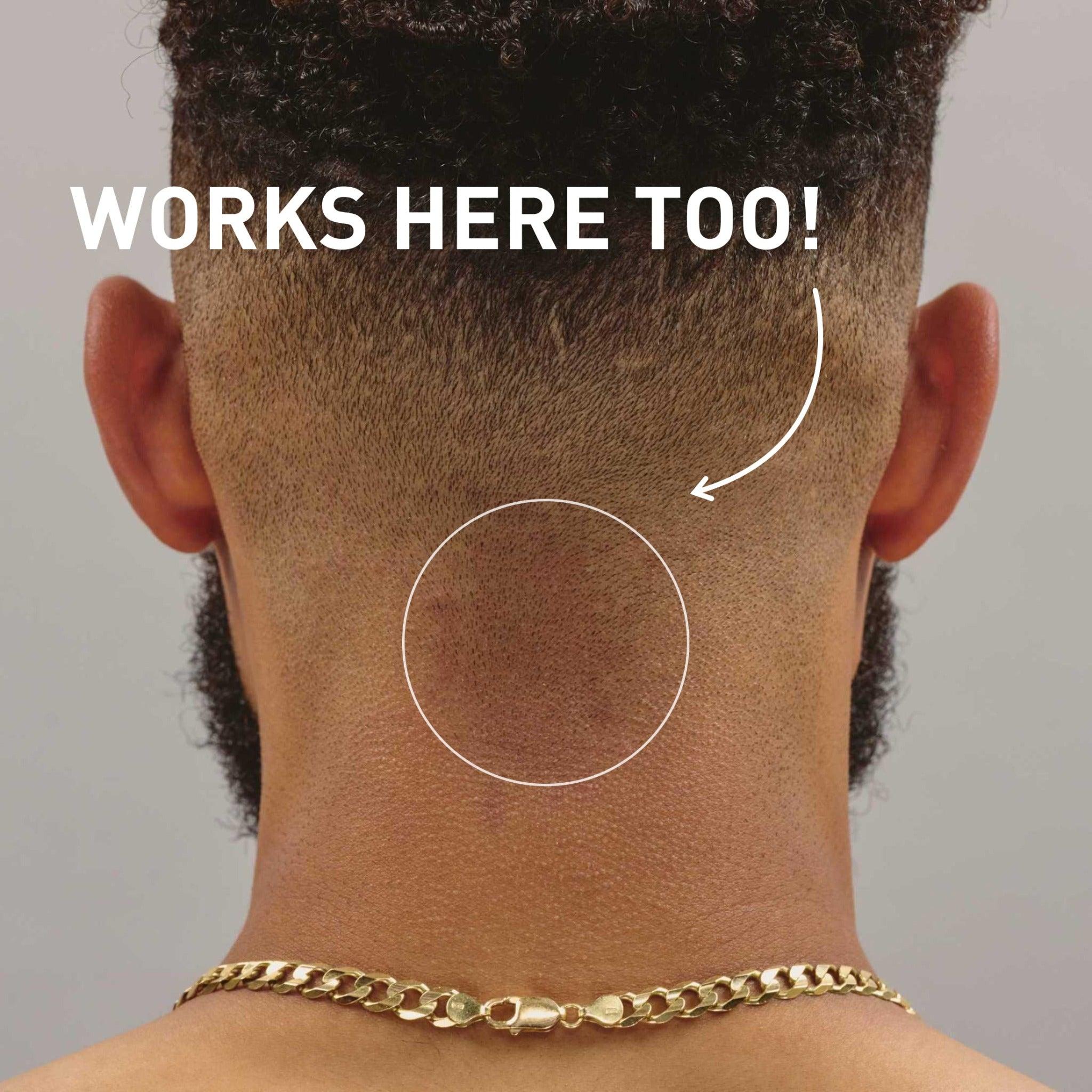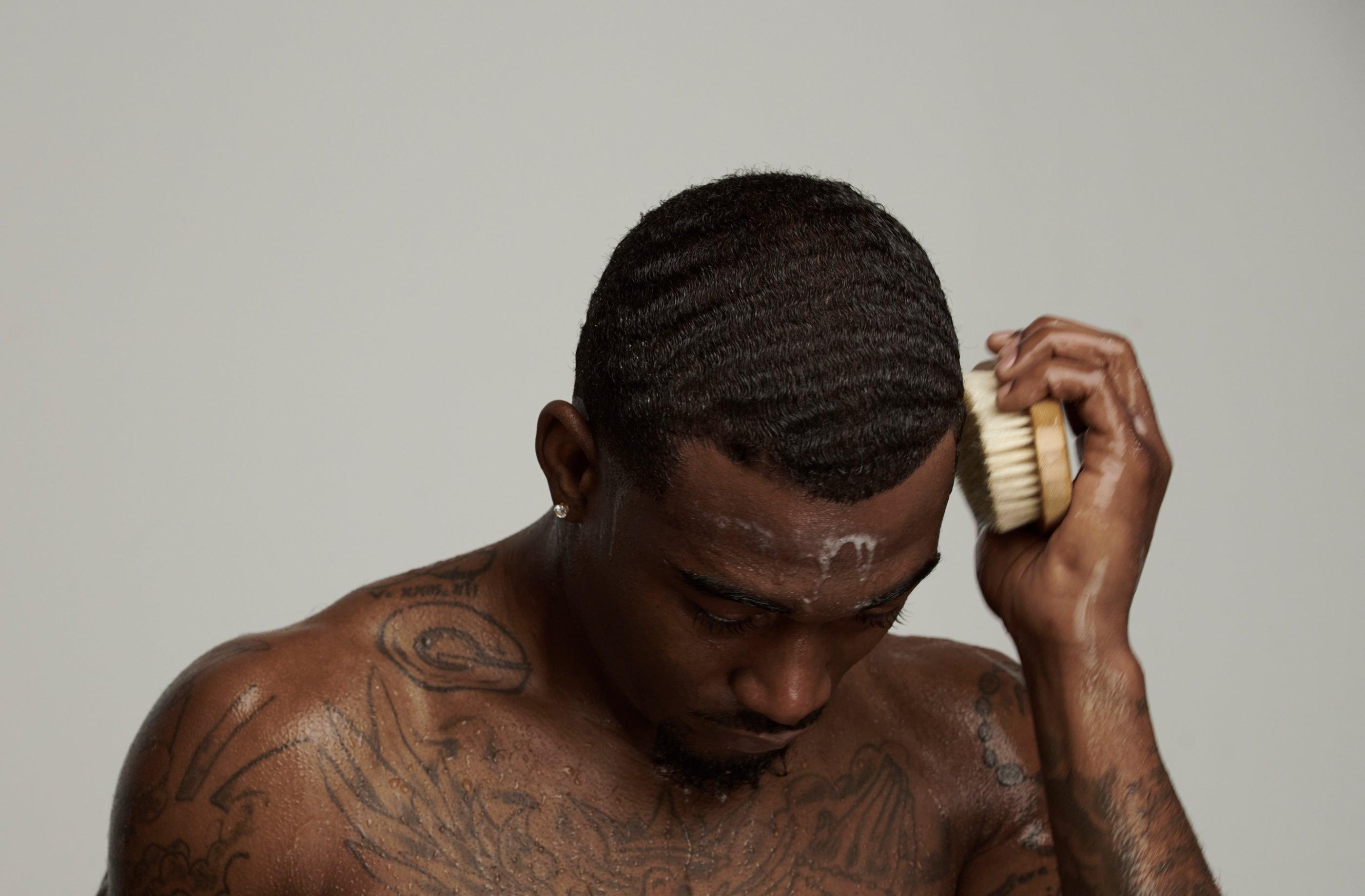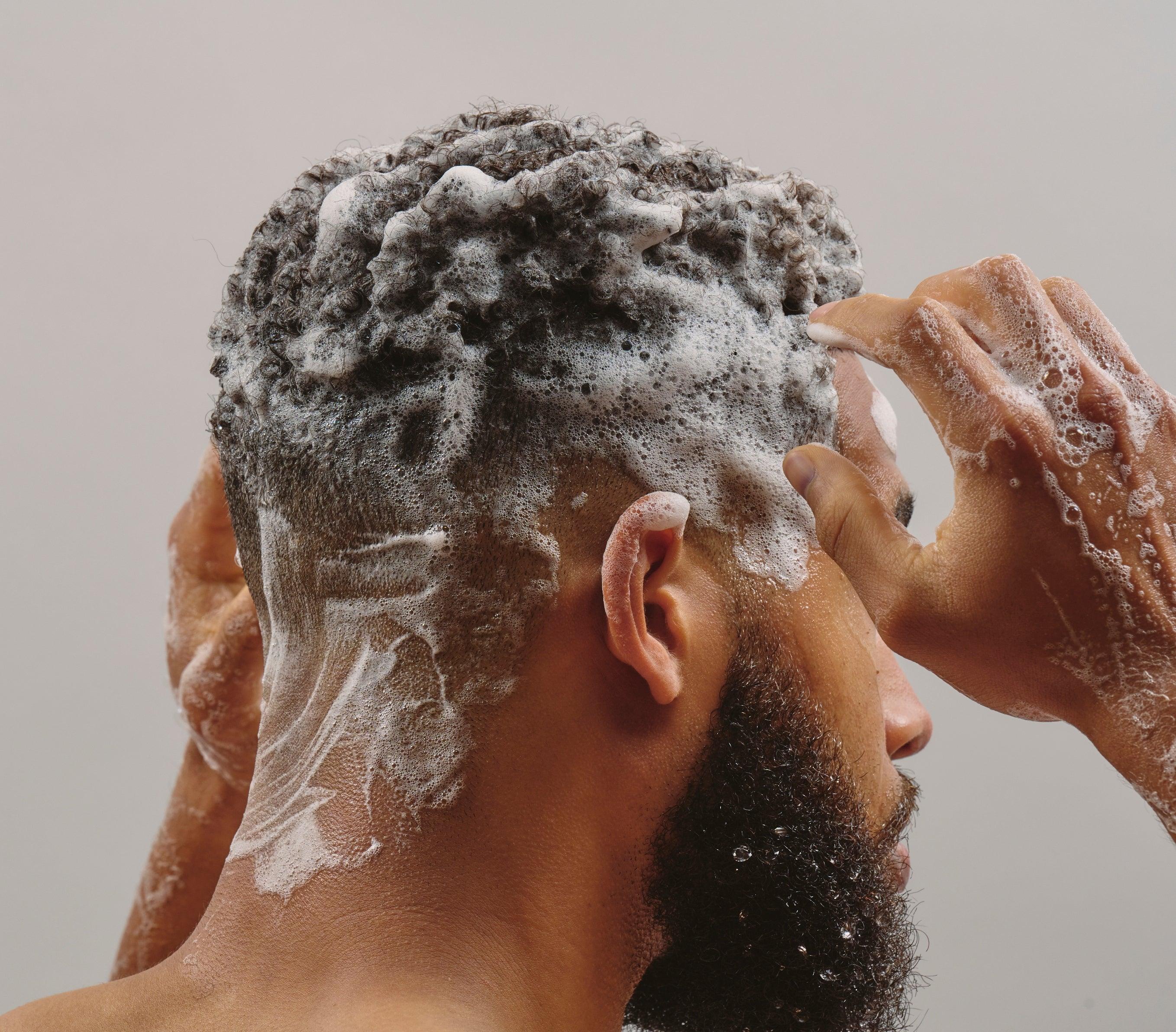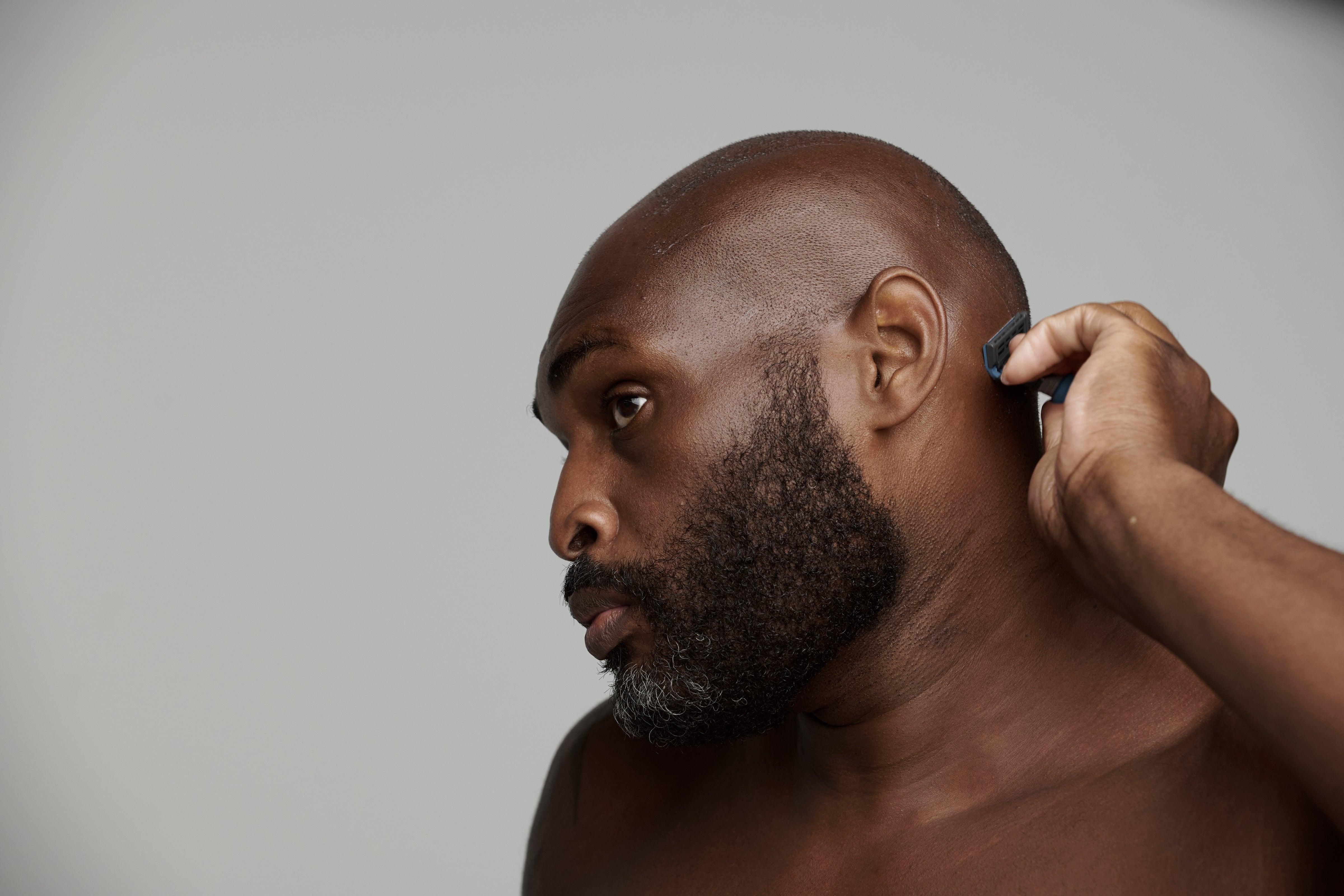
In one of our previous articles, we discussed improving your skin with amazing oils just in time for Netflix and Chill season. Yes, we gave you one small key to success, but here's the problem: most people don’t know how to find their skin type by the characteristics their skin possesses. And worse off, they don't know how to treat their skin. We'll explain every skin type so you can know which category you fall into and what you should be looking out for.
Do you find yourself not having to worry about pimples or clogged pores? Is your skin neither oily nor dry? Are you always receiving compliments on your skin, barely washing it in the first place? We would diagnose you as having a normal skin type. Your skin positively reacts to all cleansers and your t-zone remains neutral. If you have this skin type, you’re lit.
The second skin type is dry skin. Dry skin is pretty much that, dry. In the wintertime, you find the areas around your nose extremely dry with added flakiness. You might even see red spots on your face. There are multiple reasons behind why your skin can be in this condition, outside of genetics. Try talking to a dermatologist to see if changing your current cleansing regimen can improve your situation. That could include a toner to help absorb moisturizers better.
Blemishes can be the first sign of this skin type. If you notice many of these, including an excess of oil on your skin, you may have oily skin. The excess of oil on the skin can clog the pores producing blackheads and pimples. Opposite to dry skin, the summertime can be brutal producing more perspiration and “grease” on the face. Again, talk to a dermatologist for ways to control an oily skin.
Avoid greasy foods, stay away from drying bar soaps which will dry out your skin and cause it to overproduce oil to compensate. Try using an oil-free moisturizer like this:

Some skin types are equally dry in the winter and oily in the summer. If your skin is showing signs of both, you may have our next skin type, combination skin. Combination skin can also mean a combination of skin types in different areas of your skin. Your skin can be oily in some parts of your face (aka the t-zone) and dry in others. This results from an imbalance in your skin. You may have to use multiple products to target the specific areas of your face.
Sensitive skin is our last skin type, which is usually determined after using products on your skin. If you’ve ever noticed your skin inflamed, dry, or itching and red after using numerous products, you may have sensitive skin. This may be a result of acne. Try using one of our recommended oils, tea tree oil, or consult a dermatologist.
Sign up for our weekly newsletter here to get exclusive content right to your inbox! And get 15% off of your first order as our gift to you!


